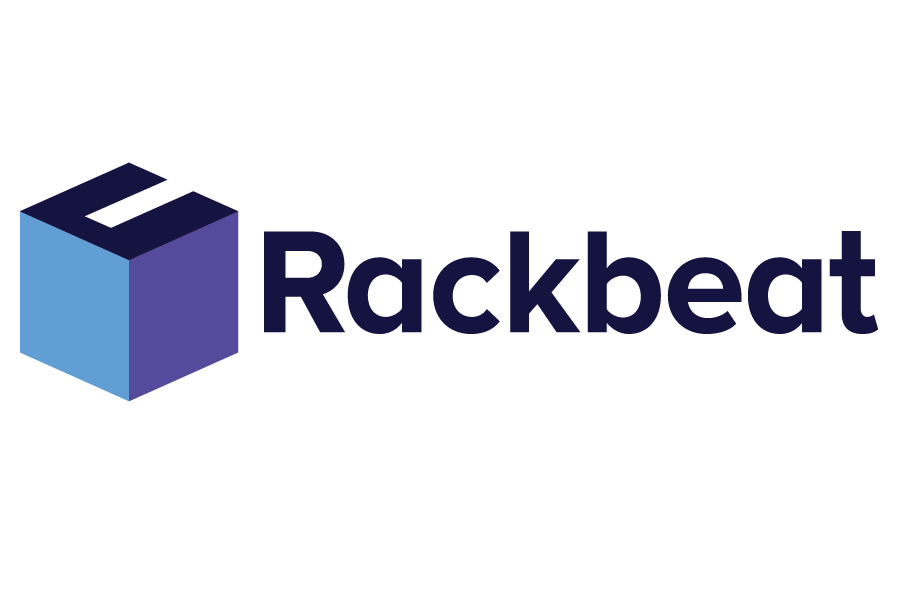Vendor-Managed Inventory (VMI)
Vendor-Managed Inventory (VMI) is an inventory management approach where the supplier or vendor takes responsibility for maintaining the client's inventory levels. In the VMI model, the vendor monitors the client's inventory using shared information systems and makes decisions regarding restocking levels, timing, and inventory mix based on agreed-upon objectives and parameters. This strategy aims to improve inventory efficiency and reduce stockouts by aligning business objectives and enhancing collaboration between suppliers and clients.
Rackbeat March 22, 2024
How Does VMI Work?
In a VMI relationship, the supplier receives usage data from the client and uses that information to generate replenishment orders automatically. The vendor ensures that the agreed-upon inventory levels are maintained, taking into account factors such as lead times, demand forecasting, and seasonal fluctuations. This approach allows for a more proactive inventory management, reducing the administrative burden on the client while allowing the vendor to better forecast and plan their production.
Benefits of VMI
- Reduced Inventory Costs: Clients can minimize their inventory holdings, thereby reducing storage and handling costs.
- Improved Stock Availability: With vendors actively managing inventories, the likelihood of stockouts decreases, enhancing service levels.
- Stronger Supplier Relationships: VMI fosters a collaborative relationship between the client and supplier, leading to better communication and mutual benefits.
- Challenges of VMI: Dependency on Suppliers: Clients rely on vendors for inventory management, which may lead to challenges if the vendor’s goals are not fully aligned with the client’s.
- Integration and Transparency: Successful VMI requires effective communication and data sharing systems between the client and vendor.


